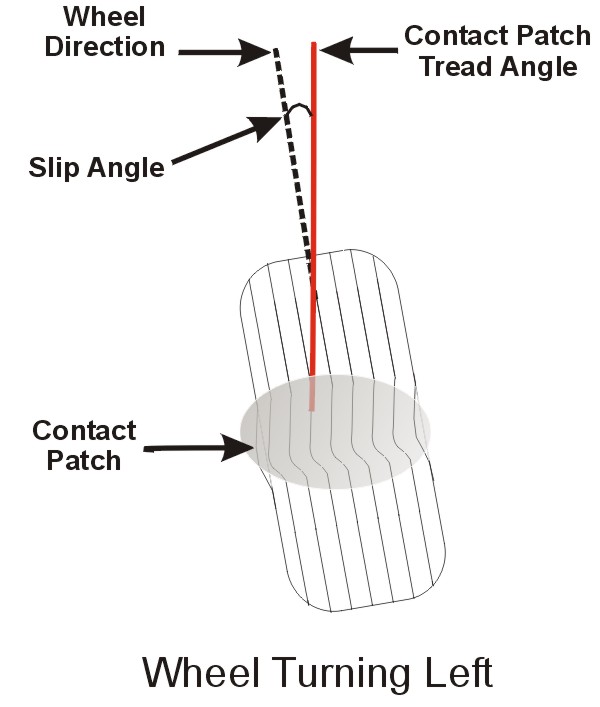On a thread on
Pistonheads someone claimed that wider tyres doesn't mean more grip.
Theoretically, the tyre size does not change grip as Amontons 2nd law states that friction force remains the same. The tyre size is really about matching width to the amount of energy being transferred to the ground, i.e. narrower tyres will run hotter.
Before I get shot down in flames, there are many other factors but the principle that a wider tyre will provide more grip is not necessarily the case unless you have the power to keep them warm.
I would say that the author of that comment is both right and wrong. The reasons why is far from obvious. I'm not an expert in any way but I do enjoy reading up on subjects that interest me. Race car rubber is one of them! But please take it for what it is.
Contact patch
Contrary to common belief the contact patch is not bigger with wider tyres, with the same internal pressure. The contact patch is calculated with area=load/pressure. With wider tyres the contact patch is obviously wider than with a narrow tire, but the area is the same.
Amontons 2nd law is tempting to use here, but rubber's friction is not that simple. Rubber generates friction in three different ways: adhesion, deformation, and wear. The generated friction force is not linear and very complicated.
Slip angle
Slip angle is what generates grip, or to be more precise - lateral force. When a race car is cornering, the slip angle is the difference in what direction the tyres are pointing and the direction the car is heading. A race car generates maximum lateral force around 7-11 degrees of slip.
The term "slip angle" is a bit missleading, as with small slip angles there is no slip in the contact patch. In fact, it is the elastic nature of rubber that does the work here.
Lateral deformation in the contact patch
This is where the magic begins. The lateral force is generated by the tyres resistance to deflection. The deflection is not the same along the contact patch, but is built up gradually, non-linear.
So what is your point??
That wider tires
do provide higher levels of lateral grip, because the wider contact patch leaves more room for the tyre to resist deflection. And resistance for deflection = force.
And heat?
More grip = more energy = heat. Too much of it means overheating, to little means cold tires. Wider tyres get warmer (not cooler) than narrow tires, because they generate more lateral force! They also cool faster than narrow tyres, because they have a larger surface area. And that is what makes it problematic.
Conclusion
Wider tyres = more grip in the corners. If you don't utilize the higher level of grip, they'll cool too much on the straights and they'll be outside of optimal temperature range.
Source and recommended reading:
The racing & high-performance tire - Paul Haney
When I wrote this post I sent an email to Paul to confirm a few thoughts. He wrote back to me within an hour - respect!



